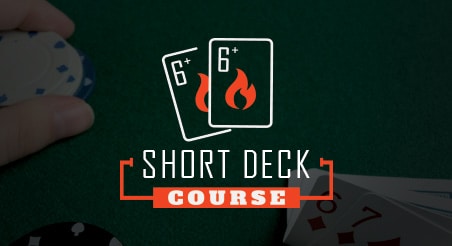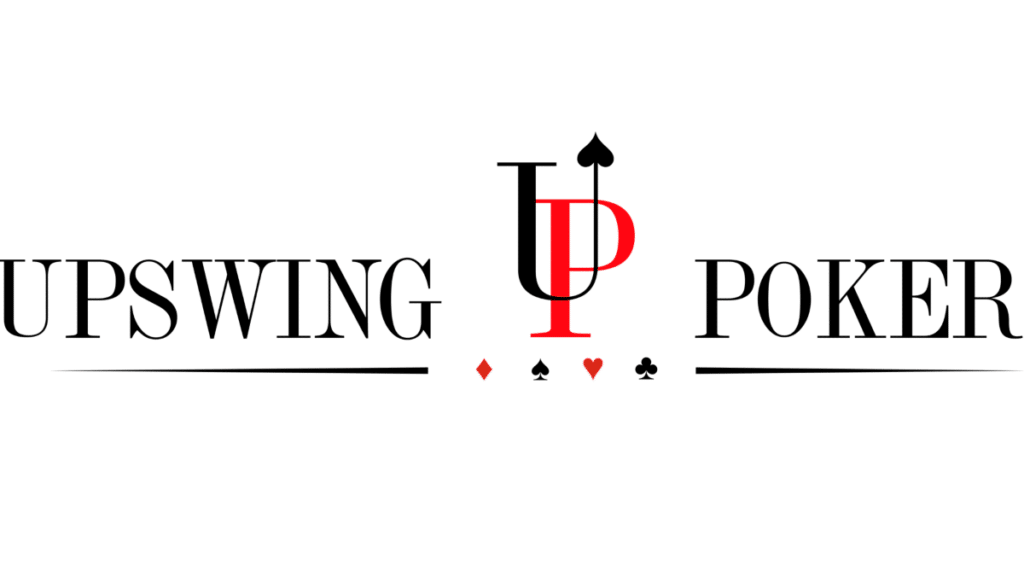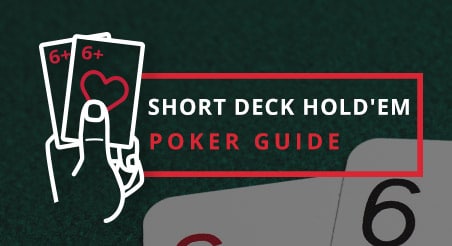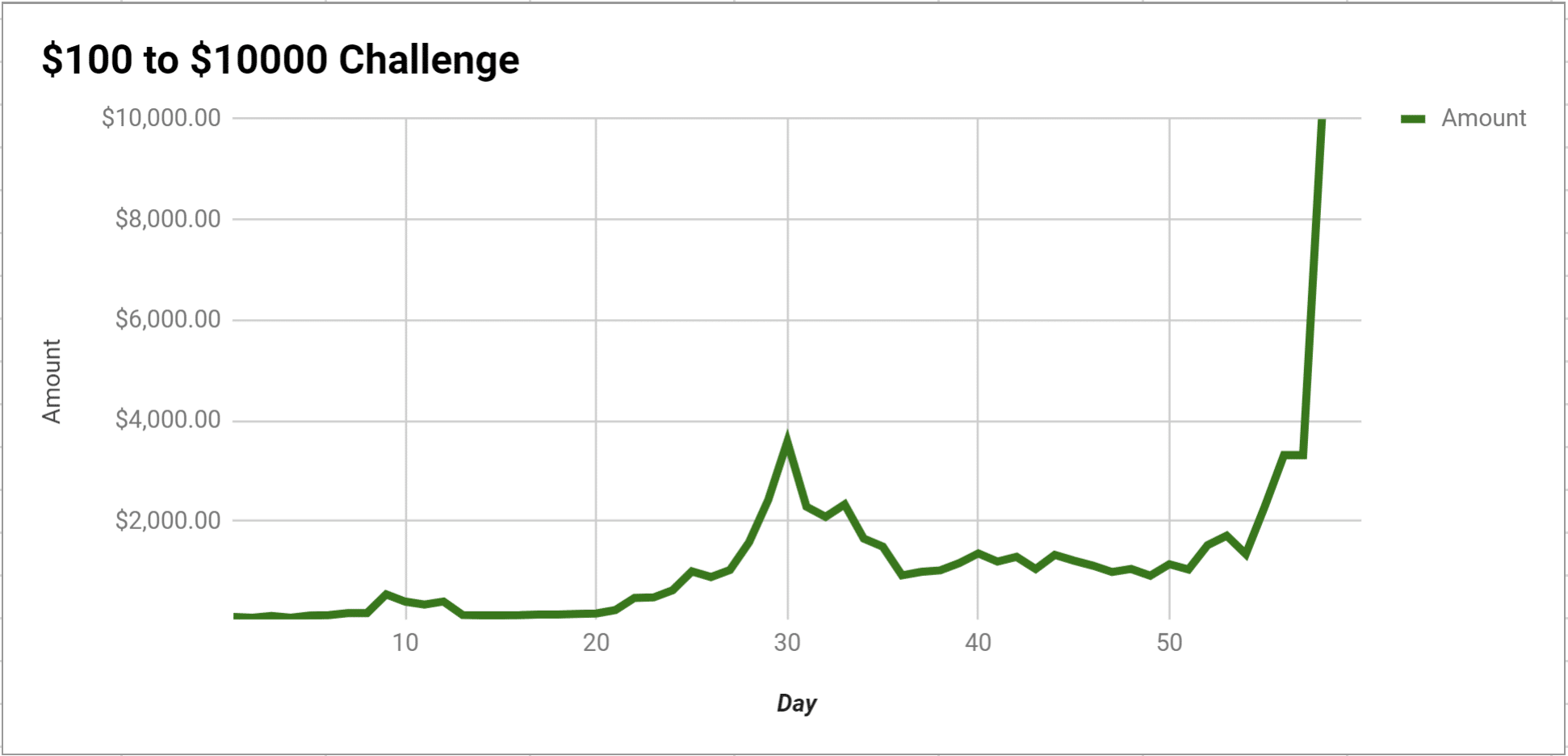I kick off the 10th MED with a discussion about the things I do pre-session to mentally prepare myself to have a killer session full of +EV decisions.
In episode 162, I interviewed the winningest micro stakes player of all time, BlackRain79. We discussed micro stakes strategy as well as his latest book, The Micro stakes Playbook.

Bankroll Management (14:10) Bankroll management is very simply controlling the level of buy-in that you play, so that you have enough money to sustain you through the inevitable ups and downs of poker. This is what we call variance. You can’t always be a winner at poker because no matter how skilled you are, luck still plays a part. Poker Bankroll Challenge: $25 to $1,000 Explained The best way to learn is through practise. That is proven many times in the academic field. You can spend lots of time reading through theory and memorising it, but you need to actually do it and repeat until it’s locked into your mind. A Poker Bankroll Challenge where we walk you through turning a starting bankroll of $25 into a bankroll of $1,000 by the end of the course Poker Bankroll Challenge: Turn $25 into $1,000 The main aim of this course is to teach you how to play poker with a solid strategy.
Intro to MED #10: Poker Mindset (3:00)
This is the 10th MED, so it may seem that it’s not all that important being so far down the list. But, I know I’m preaching to the choir when I say it’s extremely important. We’ve all unnecessarily lost money due to tilt or distraction or playing above our bankroll or not studying to improve our skills.

We know that when we’re playing “in the zone” we’re intently focused on the game and making great decisions.

With this MED, I’m going to be giving you a “working man’s” take on it. I’m not a professor nor a licensed therapist like Dr. Tricia Cardner. I’m not somebody who’s done a ton of research and mental game coaching like Jared Tendler. And, I’m not a mindset guru who’s taught it for many years like Tommy Angelo. I’m just a guy who is intent on improving his poker game, and I’m approaching all this mindset stuff with what’s worked for me in the past and what’s currently working for me.
8-part Warm-ups (5:10)
My warm-ups are constantly evolving. Now, it’s an 8-part warm-up.
I assure you, even though it’s 8 parts, it only takes me 5 minutes and is well worth it for me.
1. Ditch the Distractions
One constant I’ve noticed behind most of my poorly played sessions is being distracted. My boys running around or looking at email or watching a YouTube video while I play… all of these lead me to terrible decisions on the felt.
It’s not only these “active” distractions, but also the things in the back of my mind. If I procrastinated on a task that I need to accomplish or I’m dealing with some crappy non-poker related things, that’s just a drag on my mind and I know my focus suffers for it.
I’ve learned this the hard way from years of experience and still I sometimes allow things to distract me.
I know that my 2 biggest distractions are playing while my boys are home and when I have something weighing on my mind.
What you need to do is figure out what distracts you. Is it text messaging, Skype, watching a sporting event on television, or trying to do laundry or make dinner while they play? Whatever your distraction is, figure out how you can setup your play sessions so it’s no longer an issue.
2. Plan the Session
Before I sit down to play, I decide what limit I’ll play, how many tables and how long I intend to play.
Planning for the session like this gives me a time goal to shoot for, often :45 or :60 minutes.
It also keeps the number of tables I’m playing in control. I know that the more tables I play, the less time I have to make decisions and the worse I play.
3. Know My Motivation
For every session I play, I set a clear reason for playing it. I just ask myself, “Why am I playing today?”
The answers might be to:
- Work on a specific skill that I’m studying off the felt
- Find ways to exploit my opponents
- Make money
- Understand my opponents
- Only play in position
- 3bet profitably at every opportunity
Whatever my reason is, I write it down in my poker Journal. Having a reason helps me to stay focused.
4. Record My Mental State
I like to record this in my journal because I want to actively think about my mental state before I start playing. Sometimes I’ll sit down for a poker session, start filling out each step in my journal, and when I consider my current mental state, I realize that I’m actually pretty angry or upset over something. I might also realize I’m super distracted with too much on my mind. If any of these are the case, I’ll give myself a C for mindset. At this point I’ll just put the pen down right there, stop the warm-up, and do something else instead of playing a game in C-game mindset.
Most of the time, though, I find myself in A or B-game mindset.
- A-game mindset is where I am at my peak, I’m focused, I’m ready to play and I know I’m going to meet be -great positive EV decisions.
- B-game mindset is where I might be slightly distracted or not fully focused on the session ahead of me, but I feel ready to play and I know that I can handle a few tables while making some pretty good decisions and reads on my opponent’s.
- C-game is when I know I’m going to be distracted as I play, which will lead to sub-par, losing poker. When I’m playing at C-game level, I’m letting anger get the best of me, I’m not thinking through my decisions and I’m extremely likely to go on tilt.
5. Choose a Strategy to Practice
For every session I play, I have a strategy or poker skill that I’m working on. This can be related to my motivation for the session (#3 above), but it’s always connected to my theme of study for the week. Currently, I’m studying my mental game in preparation for this podcast. So, my strategy focus for this week is to pay attention to my emotions and if something is causing my anger to spike, I take note of it in my poker journal. I can only improve my mental game if I know what brings it down.
6. Have a HUD Stat Focus
As you all know I play online, so I’m constantly using my HUD. If I face a 3bet, I look at their 3bet percentage by position. If I face a check-raise, I look at their check-raise stat on the street in question.
Most of the time, my HUD stat focus centers around that week’s study theme. With this week being a mental game study theme, there’s not really a HUD Stat for that. So, I’ve decided to focus on my opponent’s Went to Showdown percentage. This percentage shows you how often an opponent gets to showdown when they see the flop. The higher the percentage, like anything over 25%, the harder it’s going to be to bluff them off a hand. But, the easier it will be to get value from them. The opposite is true if their WTSD% is somewhere below 21% or so.
7. Choose a 5-minute Question
The 5-minute question is designed to keep me focused at the table, and often relates to the theme I’m studying that week. I use a Tabata timer and every 5 minutes, I ask myself a question. This week’s question is, “What is my mental state right now?”
8. Have a Logic Statement at the Ready
The logic statement is something I learned from Jared Tendler’s book, The Mental Game of Poker. A logic statement is a statement designed to help you stay calm and focused as your emotions rise. Some example logic statements I’ve used in the past:
- My logical decisions will win out in the end
- Short term results don’t matter as long as I’m making +EV decisions
If I suddenly feel myself start to get angry or frustrated over the session, I’ll recite my chosen logic statement to myself and it sometimes works to keep me calm and playing longer.
Bankroll Management (14:10)
Bankroll management is very simply controlling the level of buy-in that you play, so that you have enough money to sustain you through the inevitable ups and downs of poker. This is what we call variance.
You can’t always be a winner at poker because no matter how skilled you are, luck still plays a part.

It’s not unheard of for great poker players to play break-even or losing poker for months at a time.
Good bankroll management allows me to keep playing even during losing streaks, it gives me a certain piece of mind and a calmness when I think about the money on the line.
When I started online, I had a $600 roll but I was playing in $100 buy-in games. If I was just one-tabling, I had 1/6 of my money on the line (2/3 of my money on the line when two-tabling). This was causing me to play scared poker. I was overly concerned with the money at risk, and this lead to terribly nitty play.
I recommend a cash game bankroll of 40 to 50 buy-in’s. So, if you’ve got $500 to your name, then you should be playing $10 buy-in games, or 10NL online. This lets you play pretty comfortably knowing that a terrible session isn’t the end of your bankroll.
If you’re an MTT or SNG player, I recommend 100 to 125 buy-ins. Things are just so much more variance ridden or volatile in the tourney scene.
And if you’re a crazy online grinder where you’re playing 10 or 20 tables at a time whether it’s cash or MTT’s, then double the bankroll requirements above.
The choice of game you play is related to part 2 of my 8-part warm-up above (having a plan for the session). If you choose a stake to play that you’re adequately rolled for, you have one less worry taking up brain space in that pretty little head of yours.
Less worries = better poker play.
Poker Bankroll Tracker
Challenge (16:30)
Here’s my challenge to you for this episode: Start doing warm-ups for yourself before every play session. Just whip out a quick piece of paper, or your poker journal, and record the 8 things I mentioned. Try this for your next 5 play sessions and see if that doesn’t improve things for you.
Now it’s your turn to take action and do something positive for your poker game.
Support the Show
Michel Boulos and Bruno Daniel both took a huge step in improving their online games by purchasing PT4 through my affiliate link. For doing this, they also received copies of my Smart HUD and some great videos to help them get the most from this incredible software.

Poker Bankroll Chart
- The 12 Days of Christmas 2020 Podcast Episodes - December 14, 2020
- Strategies and Action Steps from the Quick Wins Poker Course - November 24, 2020
- How to Quickly Understand Online Tournament Players – Podcast #318 - November 18, 2020